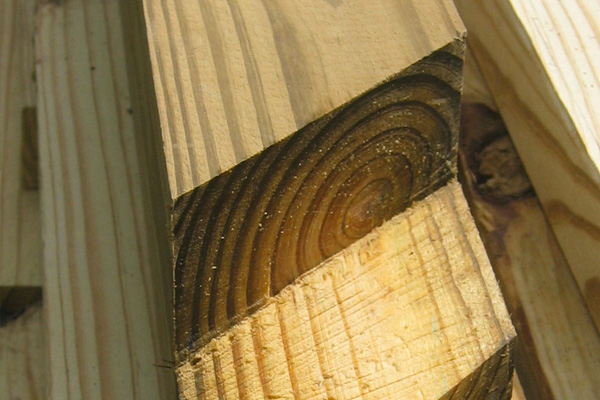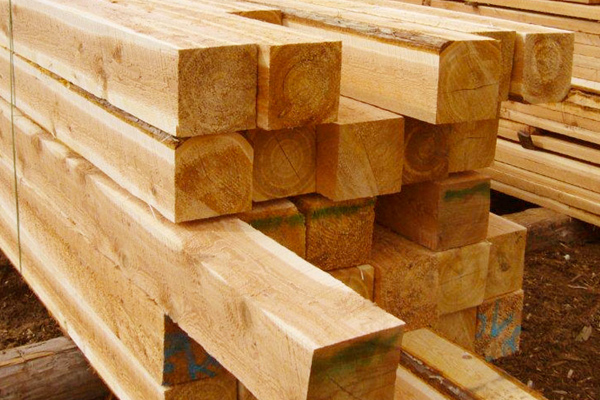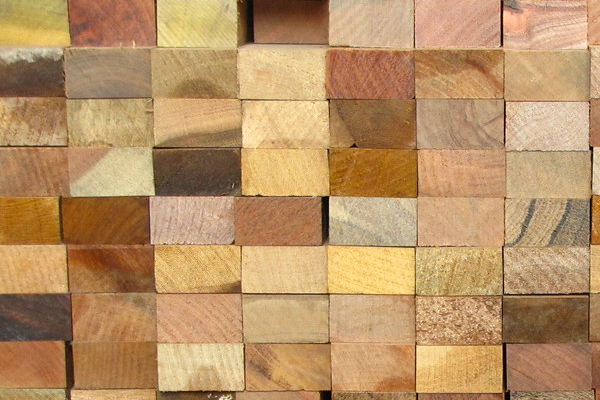In the realm of construction and outdoor projects, the selection of wood is a decision that bears significant implications for the sustainability and longevity of the structure. The argument between treated and untreated wood is important, as each has its own advantages and things to think about. This article aims to delve deeper into this comparison, emphasizing the distinct advantages of pressure-treated wood and providing insights to help you make an informed decision for your next project.
Delving into Pressure Treated Wood

Pressure-treated wood is designed to withstand the harsh realities of outdoor environments. The treatment process involves impregnating the wood with chemical preservatives under high pressure, which protects against decay, insects, and fungal infection. This method ensures that the protective substances penetrate deeply into the wood, offering long-term durability and resistance.
The Versatility of Pressure Treated Wood in Construction
The robust nature of pressure-treated makes it ideal for a wide array of applications, particularly where it is susceptible to the elements or in direct contact with the ground. Its applications extend beyond the commonly cited uses to include:
- Support beams for decks and patios
- Fencing materials that resist rot and insect damage
- Landscaping structures such as retaining walls and planters
- Outdoor furniture that lasts through seasons
- Playgrounds and outdoor recreational structures that require durability and safety
Comparative Advantages of Pressure Treated Wood

When weighing the options between treated and untreated wood, the advantages of pressure-treated lumber become even more apparent:
- Extended Lifespan: The primary allure of pressure-treated wood lies in its significantly extended lifespan compared to untreated, thanks to the preservatives that protect it from natural decay processes.
- Cost-Effectiveness: Over time, the initial investment in pressure-treated wood proves cost-effective, as it reduces the need for frequent replacements or repairs that untreated may require due to environmental damage.
- Low Maintenance: Pressure-treated wood requires less maintenance over its lifetime, saving time and resources for homeowners and builders alike. A regular inspection and occasional cleaning are generally all that’s needed to keep it in good condition.
Environmental Considerations and Safety Measures
While the benefits of pressure-treated are clear, it’s also important to consider environmental and safety aspects. Modern pressure-treated wood uses more environmentally friendly preservatives compared to the past, but handling and disposal still require care. For projects involving garden beds or children’s play areas, ensure the treated wood is suitable and safe for its intended use.
Untreated Wood: When to Choose It
Despite the compelling benefits of pressure-treated wood, untreated still has its place in construction, particularly for indoor projects or outdoor applications where the wood is not exposed to moisture or direct soil contact. Interior trim, cabinetry, and furniture can all be crafted from untreated, showcasing its natural beauty in environments where durability against the elements is not a concern.
Final Thoughts: Making the Informed Choice

The decision between pressure-treated and untreated wood depends on the specific needs of your project, environmental exposure, and long-term sustainability goals. Pressure-treated stands out as the preferred choice for outdoor applications, offering unmatched durability and resistance to decay and pests. However, untreated may be the right choice for indoor applications or where the natural characteristics of wood are desired without chemical treatments.
How We Can Help
For those considering their options and planning their next project, our team is here to offer expert advice and support. We provide a comprehensive range of both pressure-treated and untreated wood, catering to various construction and aesthetic needs. Reach out to us for personalized guidance on selecting the best wood type for your project, ensuring that you achieve both the durability and aesthetic you’re aiming for.
Choosing the right wood is a critical step toward ensuring the success and longevity of your project. With the right information and resources, you can make a choice that aligns with your project’s requirements, environmental considerations, and budget, ensuring a result that you can be proud of for years to come.

